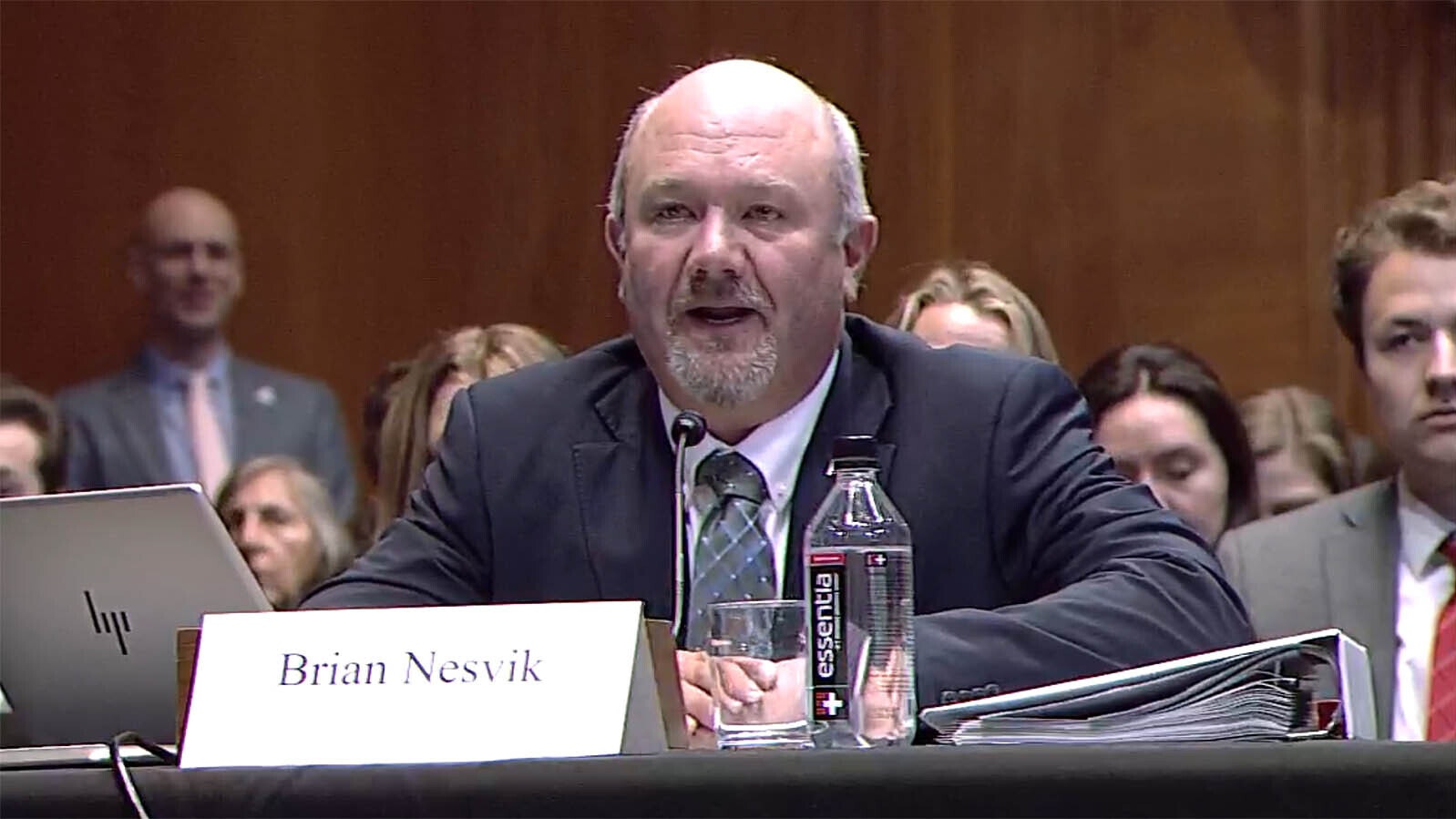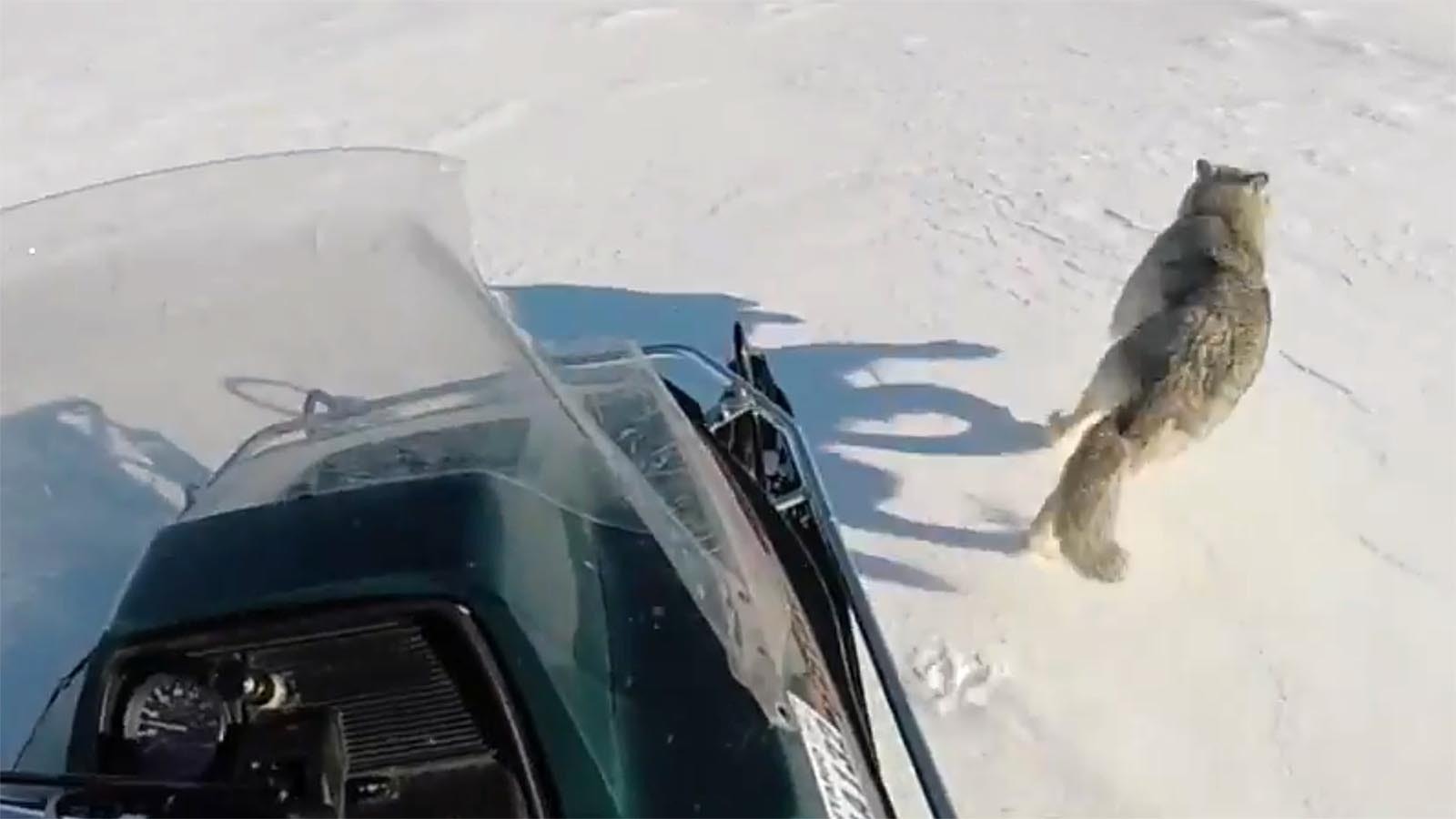Renaming the federal Endangered Species Act to the “Endangered Species Recovery Act” is purely symbolic, but it points things in the right direction, a former Trump administration official said.
Wyoming Republican congressional delegates Sen. Cynthia Lummis and Rep. Harriet Hageman on Thursday introduced a measure to formally add the word “recovery” to the ESA’s title.
The relabeling would aptly reflect the ESA’s original intent, Wyoming attorney William Perry Pendley told Cowboy State Daily.
“The issue with the ESA goes far beyond the name,” but changing the name would set the right tone, said Pendley, who led the Bureau of Land Management during President Donald Trump’s first administration.
Refocusing The ESA
The ESA lost its focus, and became a vehicle for keeping species perpetually protected, Lummis said in a statement that she and Hageman released Thursday.
"Instead of celebrating recovery success by removing federal intervention, they've created a system that keeps species listed indefinitely. The Endangered Species Recovery Act refocuses this law on its original purpose: recovering species and then getting the federal government out of the way,” Lummis said.
Hageman stated that only a fraction of species has ever been delisted from the ESA.
“For over 50 years, the Endangered Species Act has operated under a misleading title and a failed model, with only 3% of listed species ever delisted,” Hageman said in the statement.
“This is land control, not conservation. By renaming it the Endangered Species Recovery Act, we are reflecting the law’s true intent, actually recovering species. This change is long overdue. With this legislation, we are putting action and accountability back into environmental policy,” Hageman added.
Wyoming Game and Fish Department Director Angi Bruce also voiced support in the statement for renaming the ESA.
“While this landmark act has primarily focused on species protection over the past 50 years, this revision in the name of the act is necessary to refocus how we think about listed species and better reflect its original intent,” Bruce said.
The ESA Went Off Track, Pendley Says
Pendley echoed those sentiments, stating that the ESA was presented as one thing when it passed in 1973, but has become something entirely different.
“It passed, because everybody said that it would involve perhaps 100 species, and largely on federal land,” he said.
Now, roughly 1,600 species are listed under the ESA. And the U.S. Fish and Wildlife Service (FWS) is misapplying the act, Pendley said.
“The agency (FWS) ought to be in the business of recovering species, not shutting down private property and killing federal projects,” he said.
He noted that the ESA listing of the spotted owl has had a huge effect on logging in the Pacific Northwest.
He noted that a proposal to spend about $1.3 billion over the next 30 years to kill roughly 500,000 barred owls — supposedly to help save spotted owls — is an example of how far things can go under current policies.
Pendley added that the few species that were taken off the ESA list “were faulty listings” to begin with, because it was proven that more of those animals existed in the wild that originally thought.
Putting More Emphasis On ‘Recovery’
Retired FWS biologist and wildlife manager Dave Paullin told Cowboy State Daily that he thinks adding “recovery” to the title is a good idea.
“I like that thought. Let’s put more emphasis on recovery,” said Paullin, who lives near Sheridan.
“It’s easy to put things on that list, but almost impossible to get them off the list,” he added.
He said that in his experience, some parties use ESA listings to gain “leverage,” instead of having real concern for a species’ recovery.
“Once you take that animal off that list, you lose that leverage, the tool, the power, and there is a reluctance on the part of some people to do that,” he said.
Grizzlies And The ESA
Paullin and Pendley cited grizzly bears – which remain under ESA protection in the Lower 48 – as an example of a Wyoming animal that should be recognized as recovered, and delisted.
“The just keep moving the goal post” in terms of what counts as recovery for grizzly bears, Paullin said.
Pendley said that as of 2017, there were 700 grizzly bears in the Greater Yellowstone Ecosystem (GYE), when the recovery goal had previously been set at 500 bears.
Current estimates put the GYE population at roughly 1,000 grizzlies. And at least that many more are also thought to be in Montana’s Northern Continental Divide Ecosystem (NDE) grizzly population.
Grizzlies have reclaimed 92 percent of their suitable habitat, Pendley said.
Grizzlies have “only a 1% chance of going extinct in the next 100 years,” he said.
Proponents of keeping grizzlies listed argue that it is not just a matter of the number of bears.
They claim that the bears still haven’t established enough interconnected range between isolated populations.
Grizzly advocates argue that the bears won’t be ready for delisting at least until there is robust genetic exchange between the GYE and NDE populations.
Mark Heinz can be reached at mark@cowboystatedaily.com.





